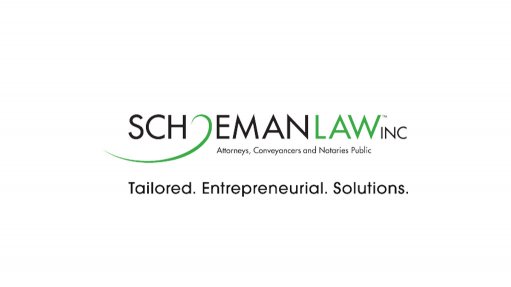
The Draft Mining Charter has been published in the Government Gazette for public comments, on 15 June 2018. This is a Draft for Board Based Socio Economic Empowerment Charter for the Mining and Minerals Industry.
Vision and Mission of the Charter
The vision of the Draft Mining Charter is to facilitate sustainable transformation, growth and development of the mining industry. The mission is to give effect to Section 100(2)(a) of the Mineral and Petroleum Resources Development Act 28 of 2002 (hereafter referred to as “MPRDA”) and Section 9 of the Constitution of the Republic of South Africa 108 of 1996 (hereafter referred to as “the Constitution”) and to harmonise Government’s transformation policies.
Section 100(2)(a) of MPRDA states the following:
“To ensure the attainment of Government’s objectives of redressing historical, social and economic inequalities as stated in the Constitution, the Minister must within six months from the date on which this Act takes effect develop a broad-based socio-economic empowerment Charter that will set the framework, targets and time-table for effecting the entry of historically disadvantaged South Africans into the mining industry, and allow such South Africans to benefit from the exploitation of the mining and mineral resources.”
Section 9 of the Constitution states as follows:
“(1) Everyone is equal before the law and has the right to equal protection and benefit of the law.
(2) Equality includes the full and equal enjoyment of all right and freedoms. To promote the achievement of equality, legislative and other measures designed to protect or advance person, or categories of persons, disadvantaged by unfair discrimination may be taken.
(3) The State may not unfairly discriminate directly or indirectly against anyone on one or more grounds including race, gender, sex, pregnancy, marital status, ethnic or social origin, colour, sexual orientation, age, disability, religion, conscience, belief, culture, language and birth.
(4) No person may unfairly discriminate directly or indirectly against anyone on one or more ground in terms of Subsection (3). National legislation must be enacted to prevent or prohibit unfair discrimination.
(5) Discrimination on one or more of the grounds listed in Subsection (3) is unfair unless it is established that the discrimination is fair.”
Concerns
The Draft Charter expends the regulatory burden on mining companies. The Draft Charter proposes the adoption of a 30% Black Ownership target for new mining rights. The 30% Black Ownership target contradicts the assurances the Department of Mineral Resources provided of the earlier 26% target to 30% target in five years.
Currently 50% of Gold Mining Companies and 60% of Platinum Mining Companies are already struggling to survive the current market conditions of mineral pricing, and the Draft Charter obliges these struggling companies to do additional BBBEE compliance and to fulfil a multitude of costly procurement and other obligations.
The Institute of Race Relations has warned that the Charter falls short from the regulatory framework required, for a thriving mining sector which is capable to boost the economic growth and job creation, although in their opinion the Draft Charter is an improvement from the Mining Charter.
The risk of an increase in BBBEE requirements for Mining Companies combined with other factors and risks, will have a negative effect on potential overseas investment in the Mining Sector in South Africa. This will have detrimental effect on the economy and especially during a period, when investment is required for Economic growth.
According to Henk Smith from Legal Resource Centre the Draft Charter is focused on BBBEE requirements for Mining companies, but ignores two fundamental demands/concerns from Mining Communities:
- Firstly, the right to refuse mining on their land; and
- Secondly the right to compensation for land destroyed.
Conclusion
Although the Draft Charter is an improvement from its predecessor/Current Charter, numerous concerns remain. The public is invited to make comments on the Draft Charter until 27 July 2018. Once the Draft Charter has been finalised, it will be subjected to Government’s Socio-Economic Impact Assessment System to assess the probable impact of the Draft Charter on the economy and society in general. Only then will it be submitted to Cabinet for approval. Once the above processes have been completed, the final Mining Charter will be gazetted for implementation.
Written by Beata Warnich, Attorney, SchoemanLaw Inc